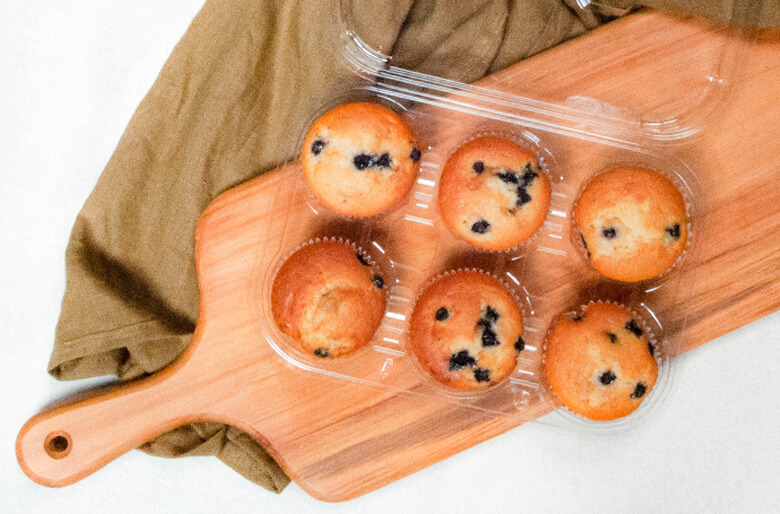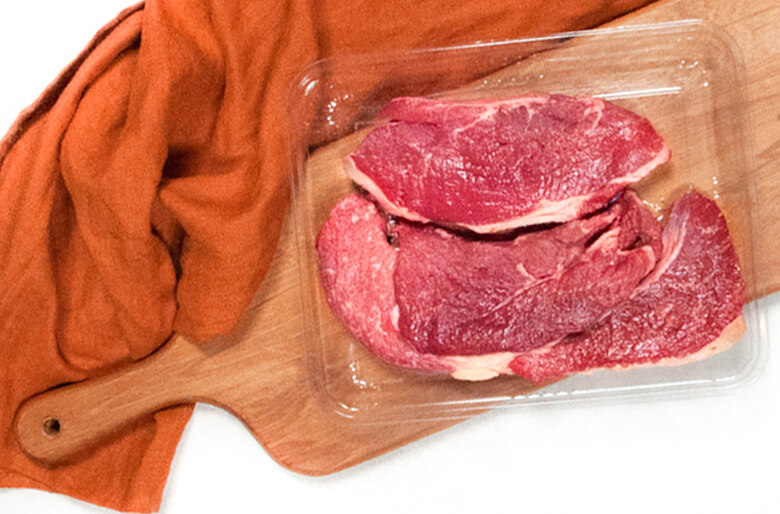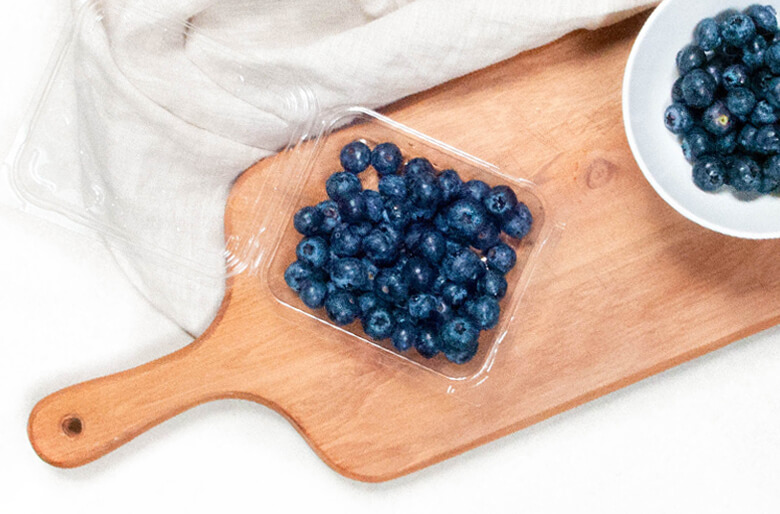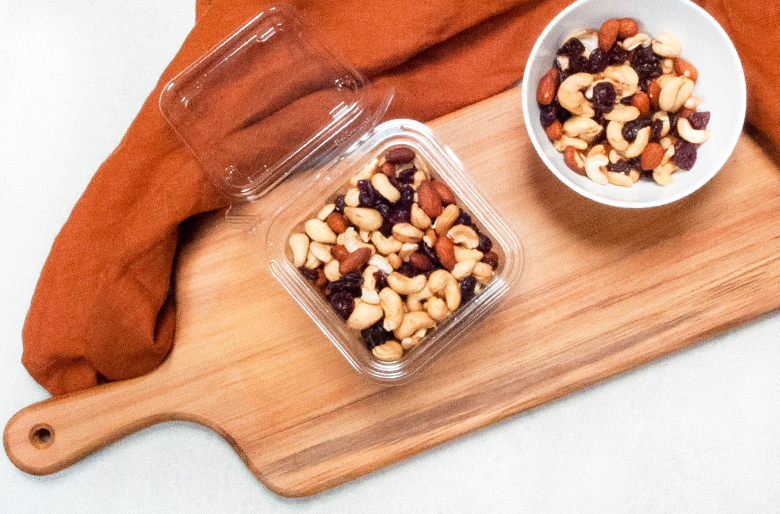The Custom-Pak approach to environmental responsibility is to go above and beyond expectations wherever possible, to live up to the aspirations of our community and the reality that the planet’s resources are finite.
In the past, some players within the thermoforming sector have attracted criticism for a blasé attitude to resource use. The old model of production used raw materials in a linear fashion that mined raw materials, used them, then disposed of the used product to landfill. In this approach, there was very little consideration given to the sustainability of the system, or the impacts on communities at the end of the line. Negative environmental impacts of this approach included the high amount of waste generated, the cost of waste disposable to landfill, and the fact that the bill for landfilling these materials would be typically paid by communities through their council rates. This linear model of plastic packaging manufacturing also used up finite resources more quickly than necessary, making it unsustainable in the long term.
Thankfully, this tunnel vision has now given way to a broader acknowledgement that we’re all part of a wider system and the environment is what ultimately sustains us. To support this more positive approach to business, Custom-Pak are full members of Plastics New Zealand, an organisation that works to influence plastic thermoforming in New Zealand, so that thermoformers behave in an environmentally responsible manner. We fully support the need for everyone to play their part and become responsible stewards, especially when it comes to our use of raw materials and how much waste we generate.








